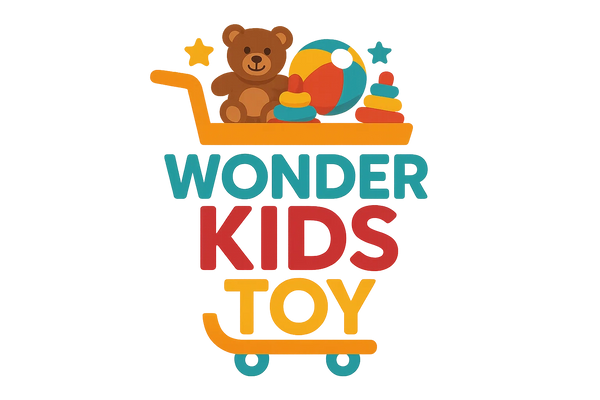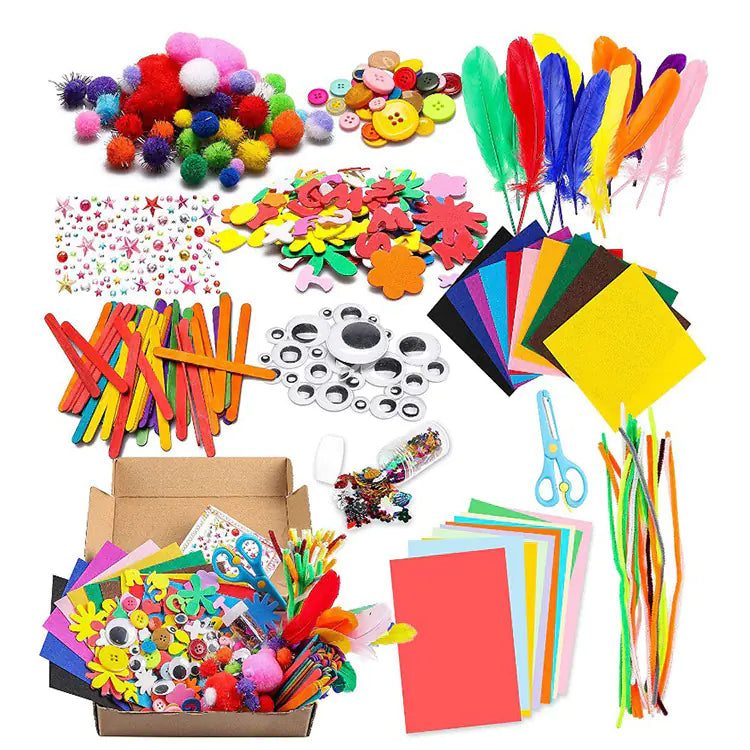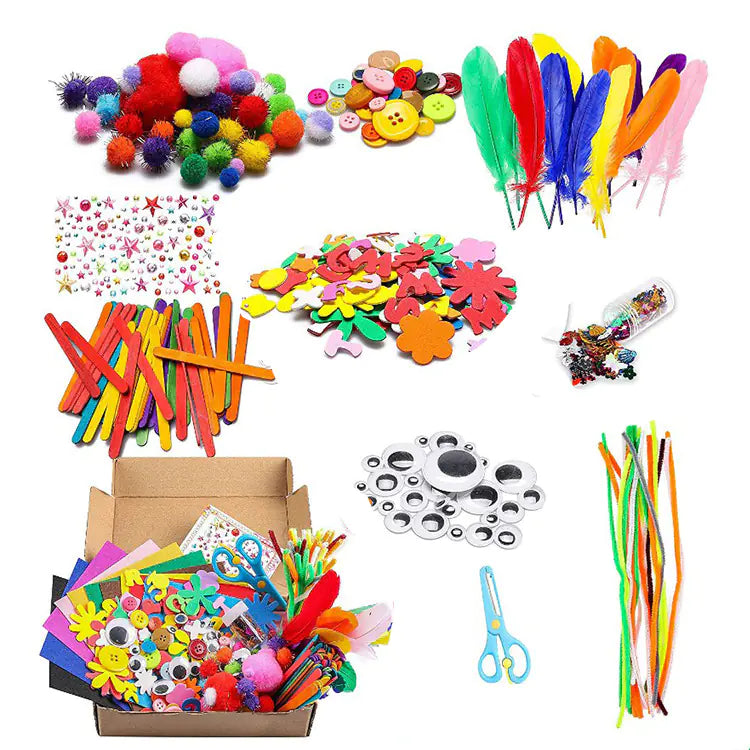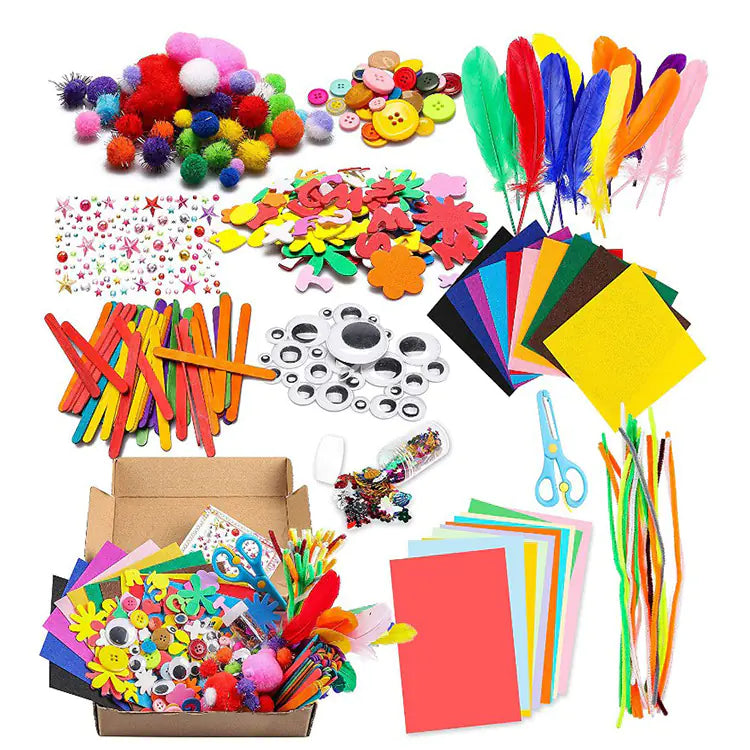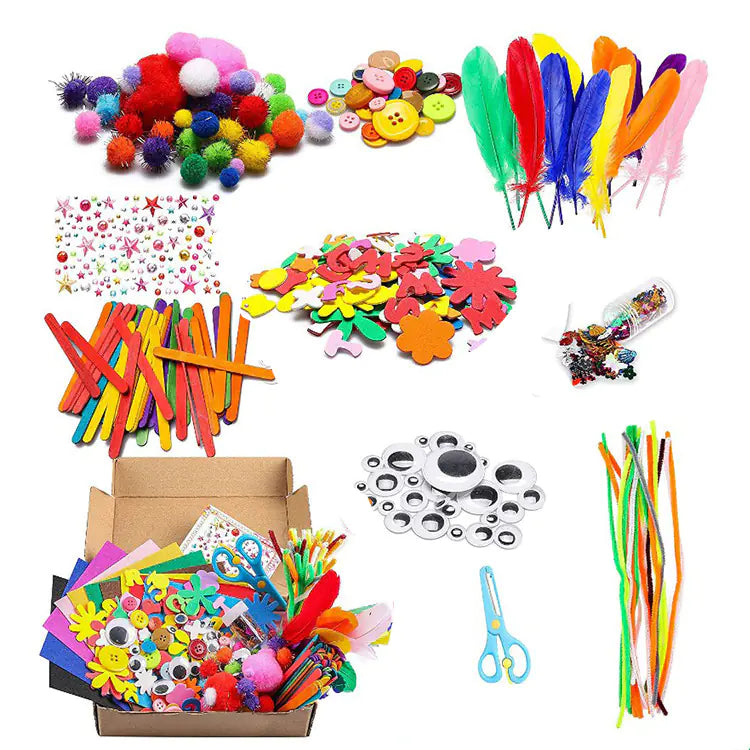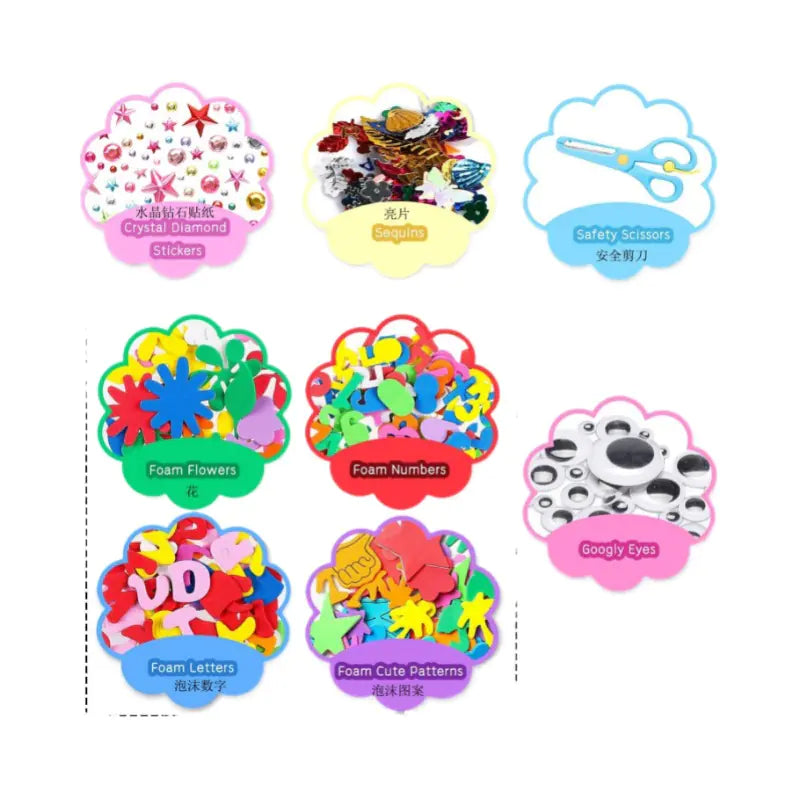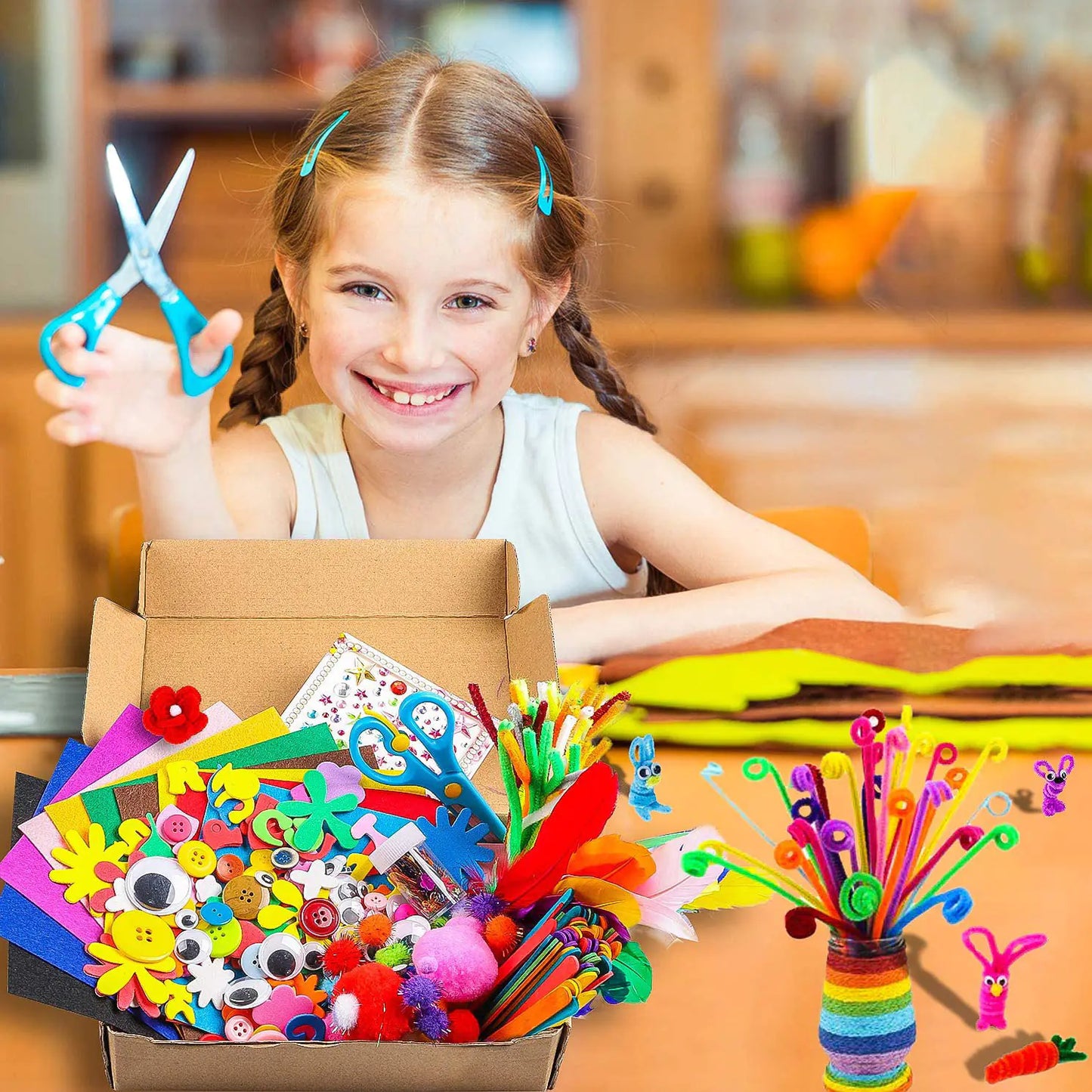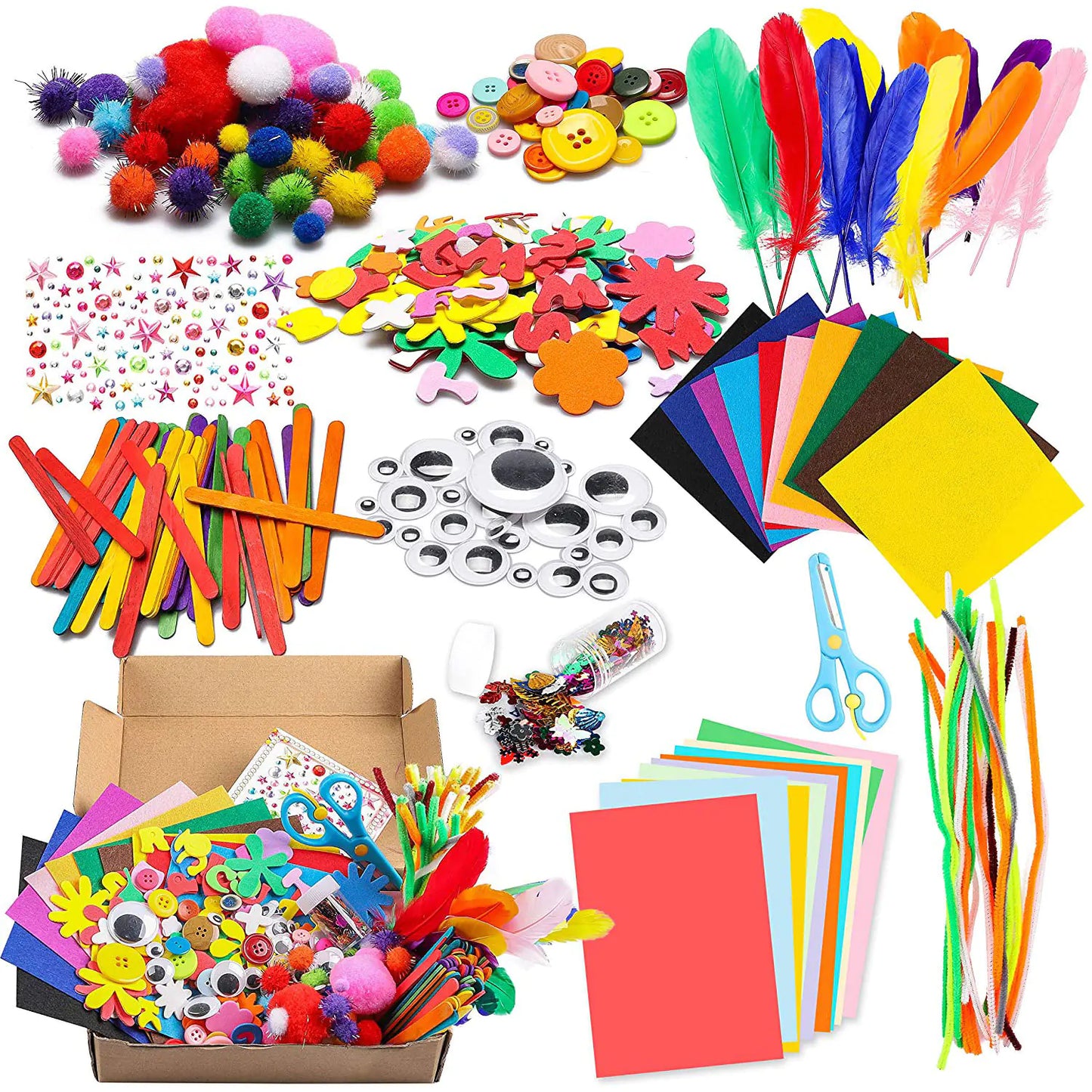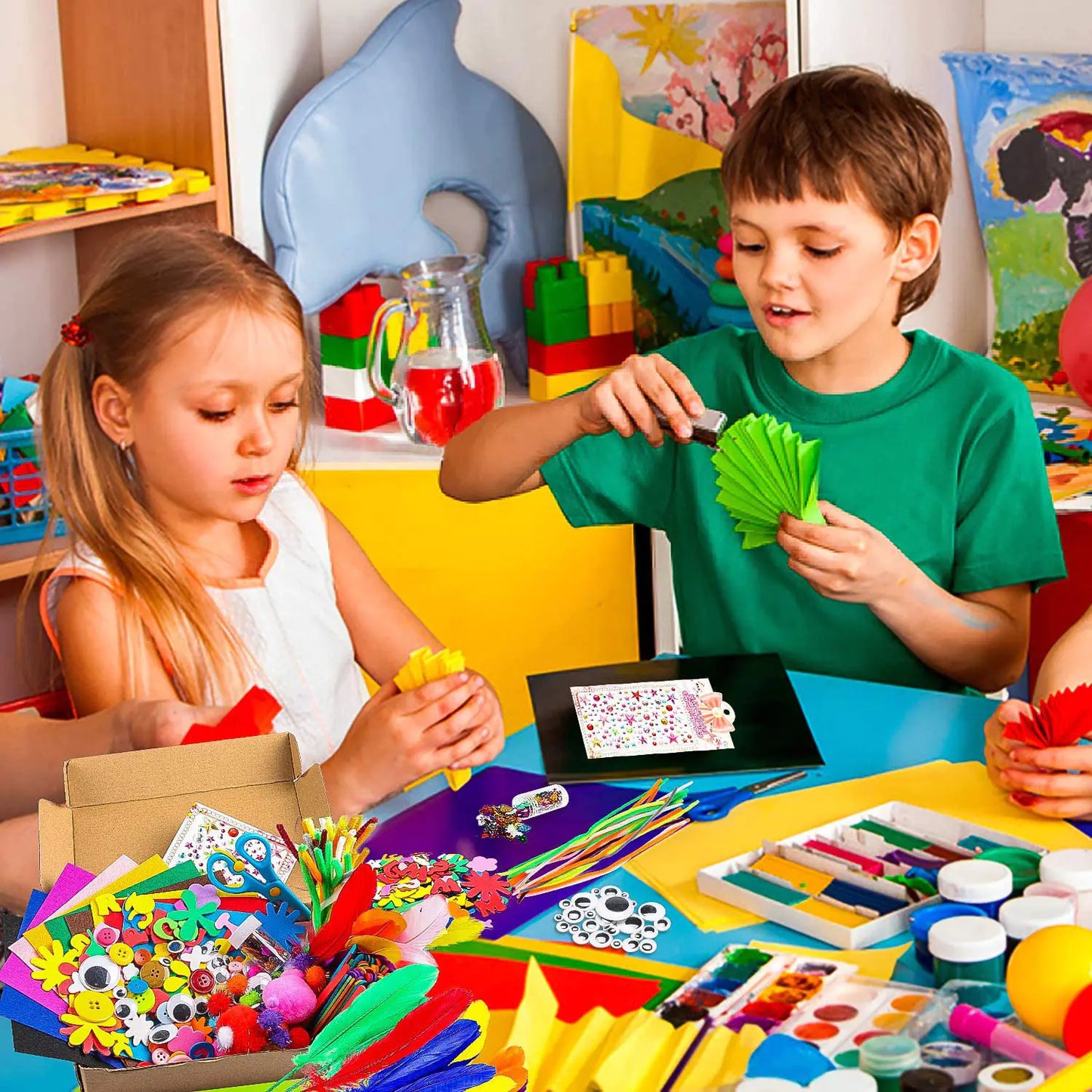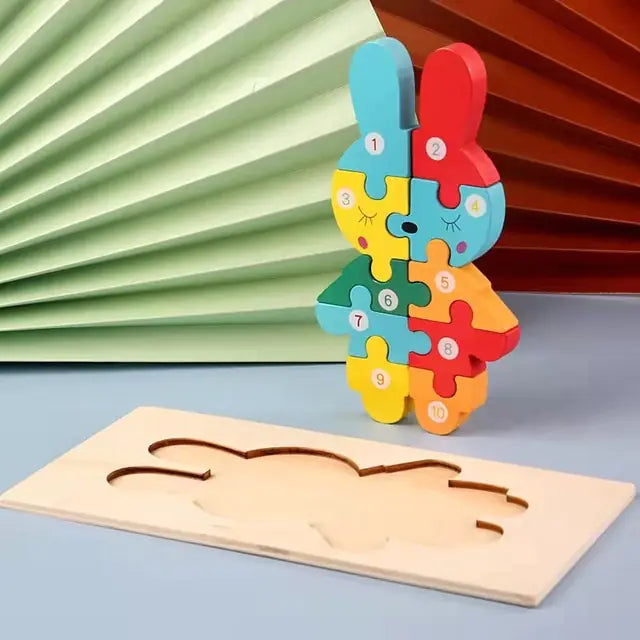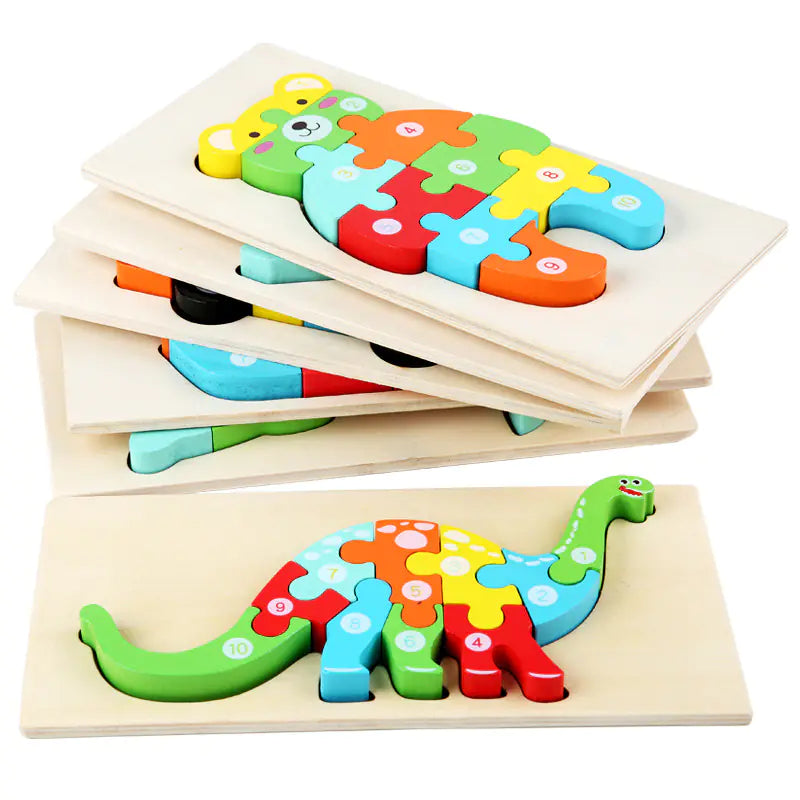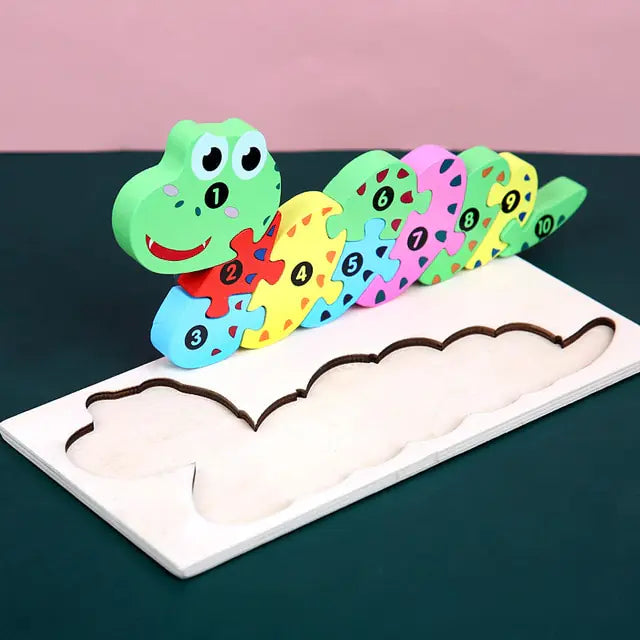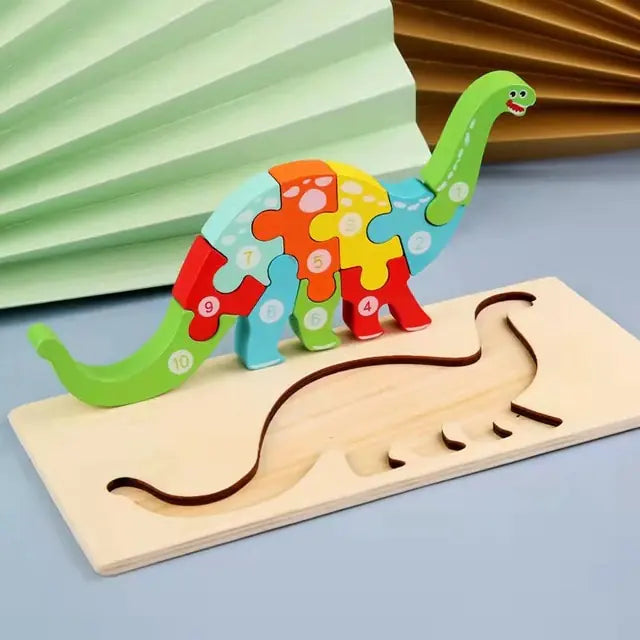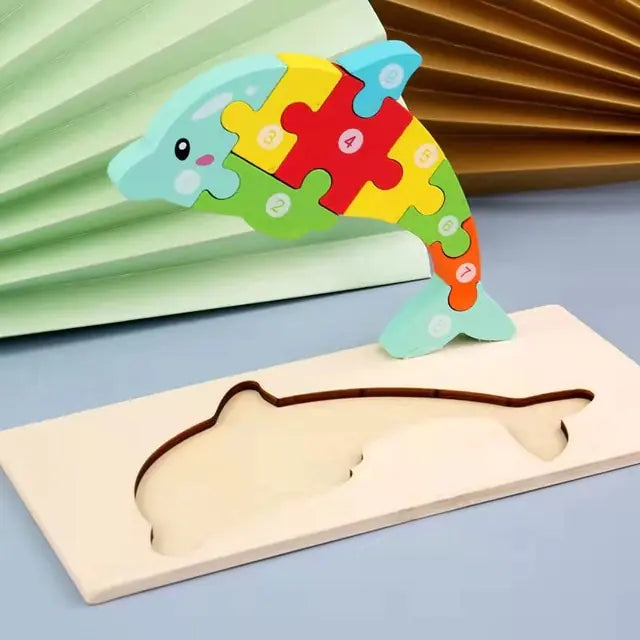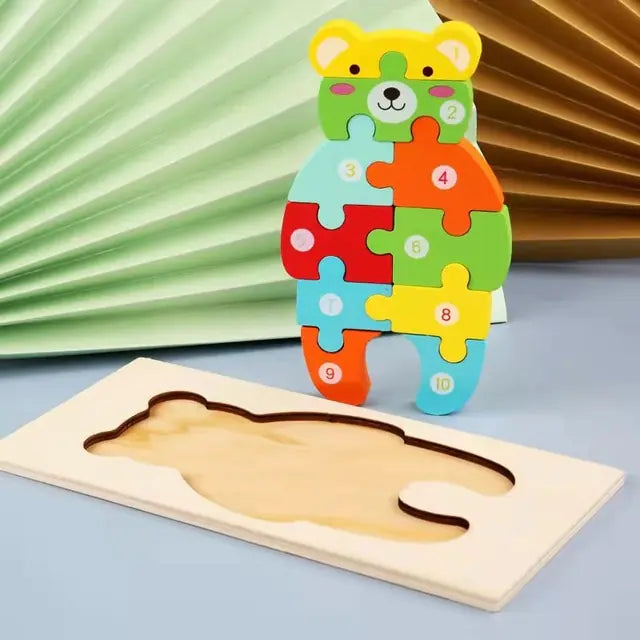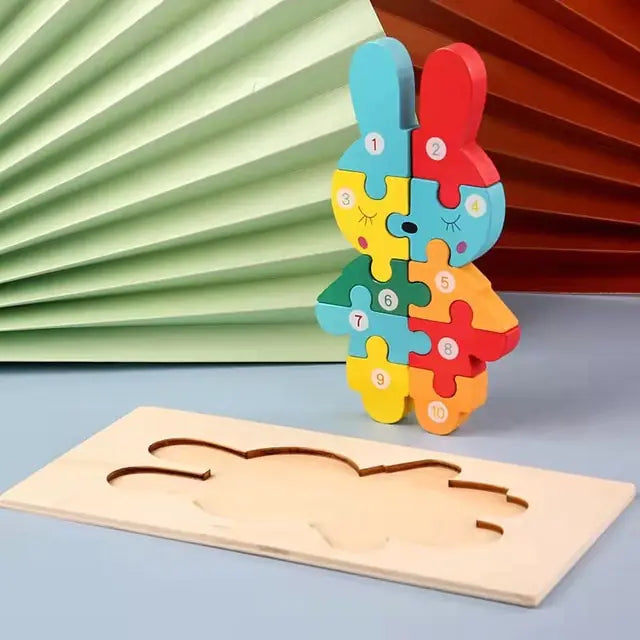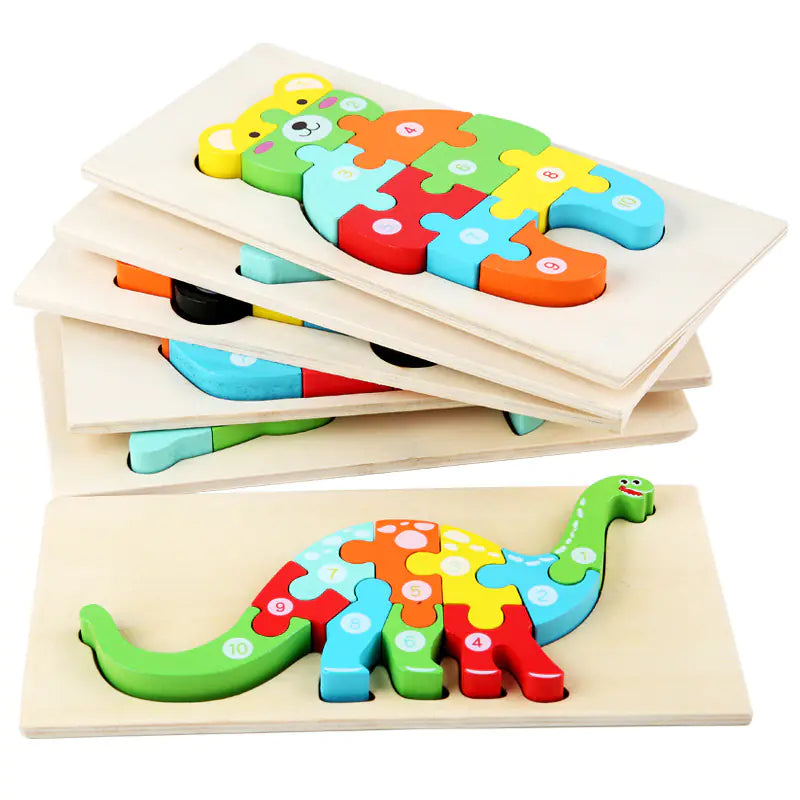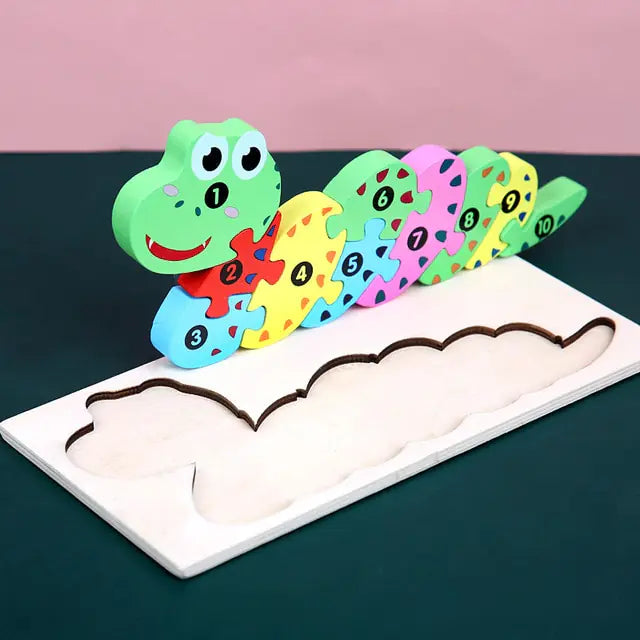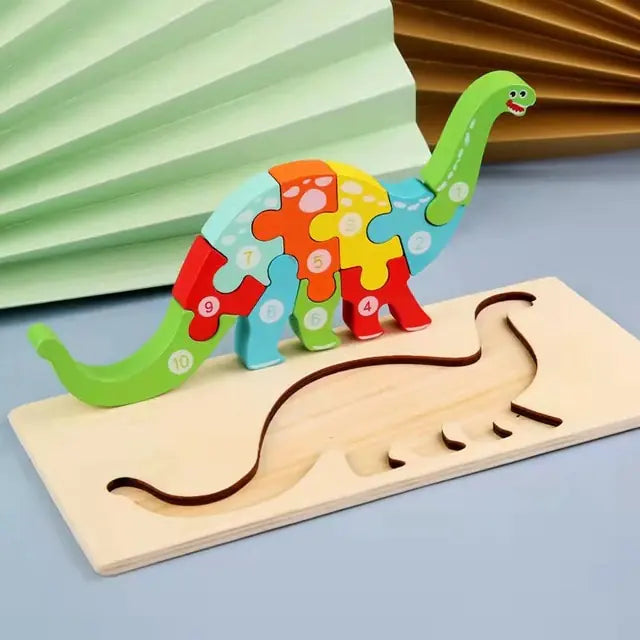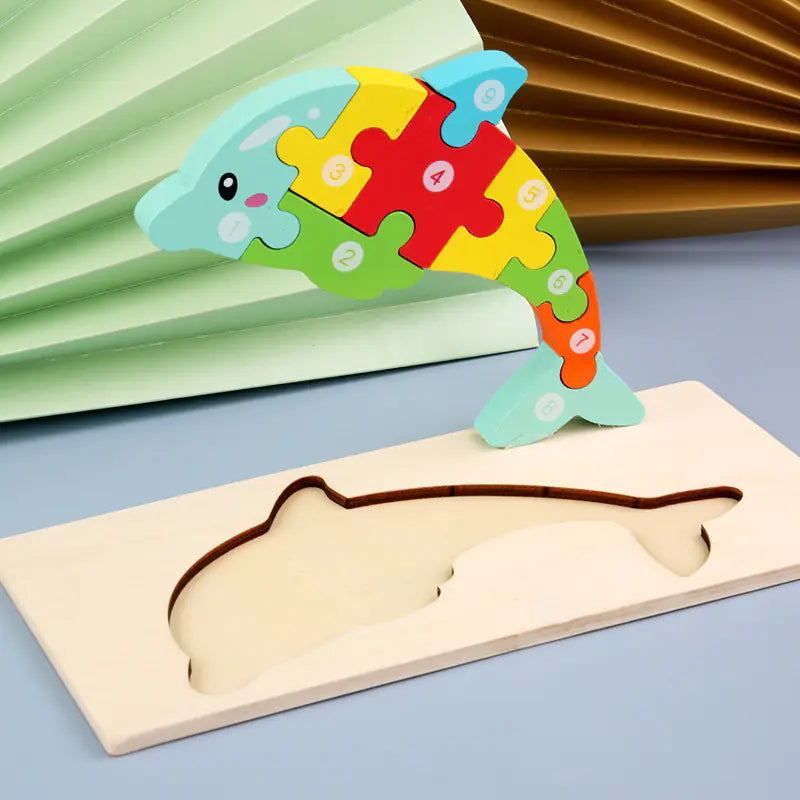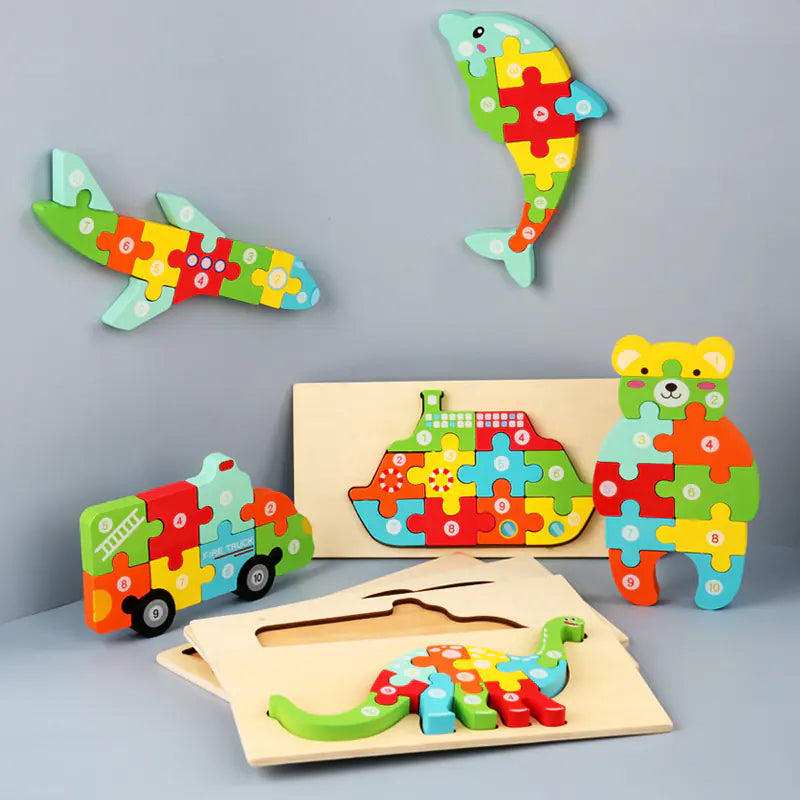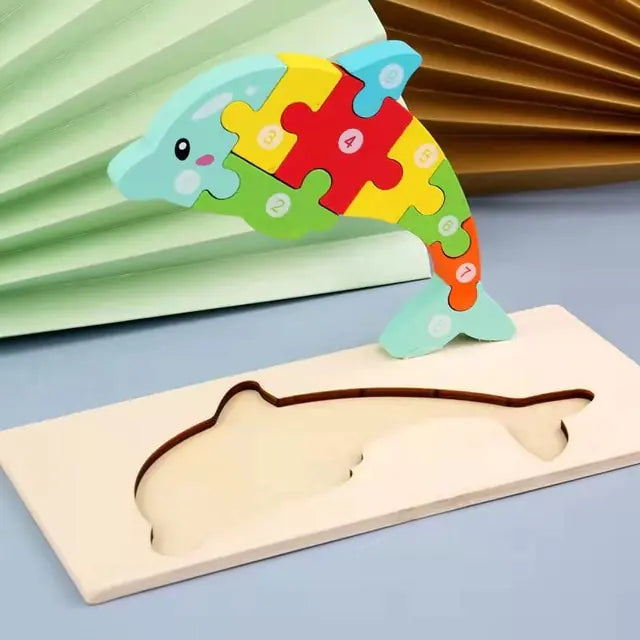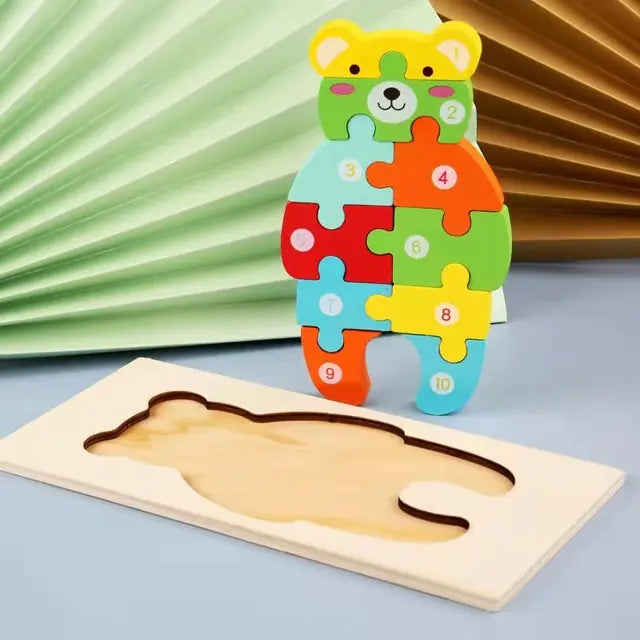Language development during the toddler years is crucial as it lays the foundation for effective communication skills later in life. Toys designed for language development can significantly enhance a child's vocabulary, social interaction, and cognitive abilities. This article explores why these toys matter, offers top picks, and provides tips on choosing and even making your own language development toys.
Key Takeaways
- Language development toys are essential for building a strong vocabulary from an early age.
- These toys encourage social interaction, helping toddlers develop better communication skills.
- Selecting age-appropriate and safe toys enhances their educational value.
- Parents play a critical role in language development through reading, conversations, and interactive play.
- DIY language development toys can be effective and fun alternatives to store-bought options.
Why Language Development Toys for Toddlers Matter

Building Vocabulary Early
Play is essential to a child’s development, and the right toys can help your toddler make progress in their speech and language development. Toys give them a chance to practice the skills they are learning and to make progress in their development. By introducing language development toys early, toddlers can start building their vocabulary in a fun and engaging way.
Encouraging Social Interaction
The best toys that promote language development are those that lend themselves to interactive play. It’s really the communication that happens while playing with the toy that is so important. These toys encourage toddlers to interact with others, fostering social skills and helping them learn how to communicate effectively.
Boosting Cognitive Skills
Toys that promote speech and language development also help boost cognitive skills. Toddlers learn by watching, trying things out, and playing. By engaging with these toys, they can develop critical thinking and problem-solving skills, which are essential for their overall cognitive development.
Choosing the right speech therapy toys can make a significant difference in your toddler's language development journey. It's not just about the toys themselves, but the interactive play and communication that they inspire.
Top Picks: Language Development Toys for Toddlers

When it comes to enhancing your toddler's language skills, choosing the right toys can make a world of difference. Interactive play is key, and the best toys are those that encourage communication and engagement. Here are my top picks for language development toys that will not only entertain your little one but also boost their language skills.
How to Choose the Best Language Development Toys

Age Appropriateness
When picking out language development toys, it's crucial to consider the age of your toddler. Toys designed for older kids might be too complex, while those for younger children might not be challenging enough. Always check the age recommendations on the packaging to ensure the toy is suitable for your child's developmental stage.
Safety First
Safety should always be a top priority. Look for toys that are made from non-toxic materials and have no small parts that could be a choking hazard. It's also a good idea to read reviews and check for any recalls. Peace of mind is priceless when it comes to your child's safety.
Educational Value
The best language development toys are those that offer educational benefits. Look for toys that encourage interaction, problem-solving, and creativity. These toys not only make learning fun but also help in building essential language skills. Think about toys that promote interactive play, as this is key to language development.
Choosing the right toys can make a significant difference in your toddler's language development journey. Make sure to consider age appropriateness, safety, and educational value to get the most out of your investment.
DIY Language Development Toys You Can Make at Home

Creating flashcards at home is a simple yet effective way to boost your toddler's vocabulary. You can use index cards and draw pictures or print images from the internet. Label each card with the corresponding word. This activity not only helps in word recognition but also in understanding the association between objects and their names. It's a fun game that can be customized to your child's interests.
Story stones are a fantastic way to encourage imaginative play and storytelling. Collect some smooth stones and paint or draw different characters, objects, and scenes on them. Your toddler can use these stones to create their own stories, enhancing their sequencing skills and vocabulary. This DIY project is not only educational but also a great bonding activity.
Making puppets at home can be a delightful experience for both you and your toddler. Use old socks, buttons, yarn, and fabric scraps to create unique characters. Puppets can be used to act out stories, sing songs, and engage in conversations, which significantly boosts language skills. Plus, it's a screen-free activity that promotes creativity and interaction.
The best part about DIY language development toys is that they are budget-friendly and can be tailored to your child's specific needs and interests. These homemade games not only foster learning but also create lasting memories.
The Role of Parents in Language Development

Reading Together
Reading together is one of the most effective ways to boost your toddler's language skills. When you read to your child, you expose them to new vocabulary and sentence structures. Consistent reading time can significantly enhance their understanding and use of language. Plus, it's a great bonding activity!
Engaging in Conversations
Talking to your toddler throughout the day can make a huge difference. Describe what you're doing, ask them questions, and encourage them to express their thoughts. This not only helps in building their vocabulary but also improves their social interaction skills.
Playing Interactive Games
Interactive games are fantastic for language development. Games that require your child to follow instructions, name objects, or describe actions can be particularly beneficial. These activities make learning fun and engaging, helping your toddler to develop their language skills in a natural and enjoyable way.
Remember, your involvement is key. The more you engage with your child, the more opportunities they have to learn and grow.
Benefits of Musical Toys for Language Development

Rhythm and Rhyme
Musical toys are fantastic for introducing toddlers to the concepts of rhythm and rhyme. These elements are foundational in language development as they help children recognize patterns in speech. Rhythm and rhyme make learning new words fun and engaging, which can significantly boost a child's vocabulary.
Listening Skills
Playing with musical toys can greatly enhance a toddler's listening skills. When children listen to different sounds and try to replicate them, they are practicing active listening. This skill is crucial for understanding and processing language. Musical toys like xylophones or tambourines can make this practice enjoyable and effective.
Expressive Language
Musical toys also encourage expressive language. When toddlers sing along to songs or create their own tunes, they are using language creatively. This not only helps in vocabulary expansion but also in understanding the emotional nuances of language.
Musical toys are not just fun; they are a powerful tool in your child's language development journey. From improving listening skills to encouraging expressive language, these toys offer a multitude of benefits.
Screen-Free Language Development Toys

Classic board games are a fantastic way to encourage language development without the need for screens. Games like Candy Land and Chutes and Ladders not only teach kids new vocabulary but also help them understand turn-taking and following instructions. Playing these games together can spark conversations and storytelling, which are crucial for language growth.
Outdoor play offers endless opportunities for language development. Whether it's a simple game of tag or a nature scavenger hunt, being outside encourages kids to describe their surroundings, ask questions, and engage in imaginative play. Plus, the fresh air and physical activity are added bonuses!
Craft kits are another excellent screen-free option. Activities like making homemade playdough or creating a collage can introduce new words and concepts. As your toddler works on their craft, you can talk about colors, shapes, and textures, enhancing their descriptive language skills.
Screen-free toys not only promote language development but also encourage creativity and social interaction. They offer a balanced approach to learning that can be both fun and educational.
Language Development Toys for Bilingual Toddlers

Bilingual books are a fantastic way to introduce your toddler to multiple languages. They often come with vibrant illustrations and simple text in both languages, making it easier for your child to grasp new words. Reading bilingual books together can be a bonding experience and a great way to build vocabulary in both languages.
While I generally prefer screen-free options, some language learning apps are designed specifically for young children and can be quite effective. These apps often include interactive games, songs, and puzzles that make learning fun. Just be sure to monitor screen time and choose apps that are age-appropriate and educational.
Cultural toys can provide a rich, immersive experience for bilingual toddlers. These toys often include elements from different cultures, such as traditional clothing, musical instruments, or even food items. Playing with cultural toys can help your child understand and appreciate the diversity of the world around them.
Incorporating language development toys into your toddler's playtime can make learning a new language an enjoyable and enriching experience for both of you.
Using Everyday Items as Language Development Tools

Kitchen Utensils
One of my favorite places to encourage language development is the kitchen. When toddlers are at our level with a simple stepstool, they are able to better put those language skills into practice. Personally, a lot of my own child’s language learning happens in the kitchen. The potential for learning by doing is HUGE when you’re stirring a pot of soup, cutting up veggies (with child-safe knives/scissors), rolling out cookies, or just giving mommy the recipe directions by pointing to pictures.
Household Objects
Household objects can be turned into fantastic language development toys. For example, using a play kitchen can help toddlers follow directions, work on pretend play, and learn describing words. You can also use items like cups, spoons, and sponges to expand vocabulary and practice verbs like “splash,” “scoop,” and “pour.”
Nature Walks
Taking a nature walk is another excellent way to use everyday items for language development. Pointing out different plants, animals, and natural objects can help expand your toddler’s vocabulary. You can also collect items like leaves, rocks, and sticks to discuss their textures, colors, and shapes. This not only boosts language skills but also encourages curiosity and exploration.
Everyday items can be just as effective as store-bought toys in promoting language development. The key is to make the most of the opportunities around you.
The Impact of Storytelling on Language Development

Storytelling is a fantastic way to spark your toddler's imagination. When you tell a story, your child visualizes the scenes, characters, and actions, which helps in developing their creative thinking. Imaginative play is crucial for cognitive development and problem-solving skills. Plus, it's a lot of fun to see where their imagination takes them!
When you narrate a story, it usually follows a sequence: beginning, middle, and end. This helps your child understand the concept of sequencing, which is essential for both language and cognitive development. They learn to anticipate what comes next, making them better at organizing their thoughts and actions.
Storytelling introduces your child to new words and phrases they might not encounter in everyday conversations. This is a great way to expand their vocabulary and improve their language skills. The more words they know, the better they can express themselves, which is a key part of effective communication.
Storytelling is not just about entertaining your child; it's a powerful tool for their overall language development. So, grab a book or make up a story and watch your child's language skills flourish!
Tips for Maximizing the Benefits of Language Development Toys

Consistent Playtime
One of the best ways to maximize the benefits of language development toys is to ensure consistent playtime. Setting aside a specific time each day for your toddler to engage with these toys can make a significant difference. This routine helps in building a habit and makes learning a part of their daily life.
Interactive Play
Interactive play is crucial when it comes to language development. It's not just about the toys but the communication that happens while playing. Engage with your child by asking questions, making comments, and encouraging them to express themselves. This interaction can significantly boost their language skills.
Positive Reinforcement
Positive reinforcement can go a long way in encouraging your toddler to use language development toys effectively. Praise their efforts, celebrate their small victories, and provide gentle corrections when needed. This will make them more confident and eager to learn.
Remember, the goal is to make learning fun and engaging. The more your child enjoys the playtime, the more they'll benefit from it.
Discover how to make the most out of language development toys with our expert tips! These toys are designed to enhance your child's cognitive and linguistic skills through interactive play. For more insights and a wide range of educational toys, visit our website today.
Conclusion
In a nutshell, language development toys are a fantastic way to boost your toddler's communication skills while having a blast. These toys aren't just fun; they're tools that can help your little one learn new words, understand concepts, and even start forming sentences. So next time you're on the hunt for a new toy, think about how it can support your child's language growth. Happy playing and learning!
Frequently Asked Questions
What are language development toys?
Language development toys are specially designed playthings that help toddlers build their vocabulary, improve their communication skills, and enhance cognitive abilities through interactive and engaging activities.
Why are language development toys important for toddlers?
Language development toys are crucial because they help toddlers build vocabulary early, encourage social interaction, and boost cognitive skills, laying a strong foundation for future learning.
What types of toys are best for language development?
Toys like interactive books, musical instruments, and building blocks are excellent for language development as they promote engagement, listening skills, and creative play.
How can parents choose the best language development toys?
Parents should consider factors like age appropriateness, safety, and educational value when selecting language development toys for their toddlers.
Can I make language development toys at home?
Yes, you can create DIY language development toys such as homemade flashcards, story stones, and DIY puppets, which are effective and budget-friendly.
What role do parents play in language development?
Parents play a vital role by reading together, engaging in conversations, and playing interactive games with their toddlers to enhance language development.
Are musical toys beneficial for language development?
Yes, musical toys help with rhythm and rhyme, listening skills, and expressive language, making them highly beneficial for language development.
What are some screen-free language development toys?
Screen-free language development toys include classic board games, outdoor play activities, and craft kits, which promote interaction and creativity without the use of screens.
